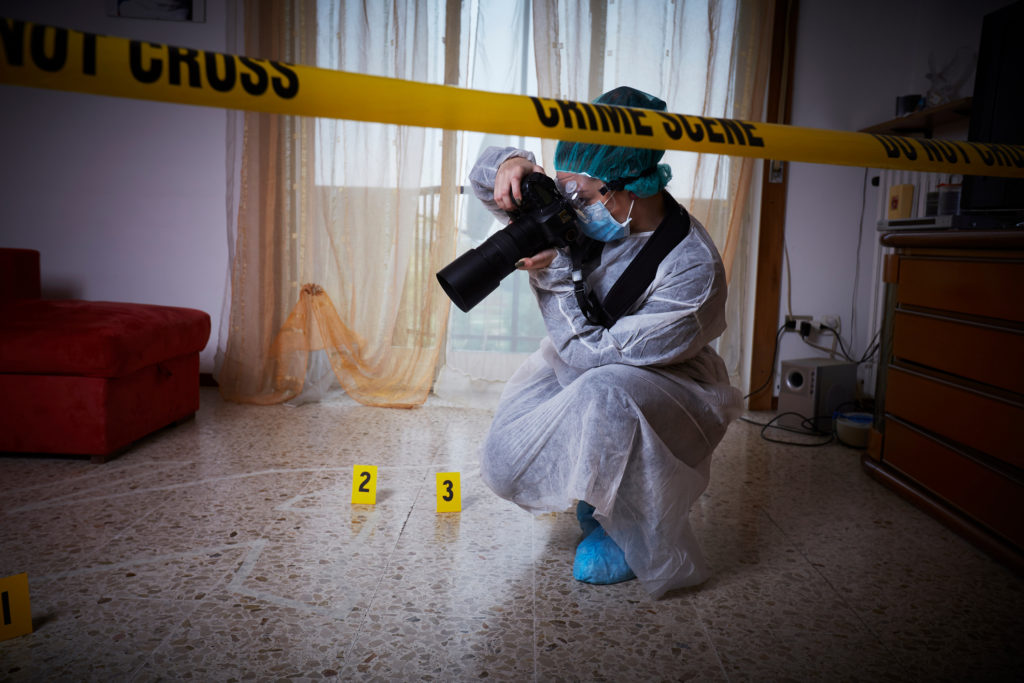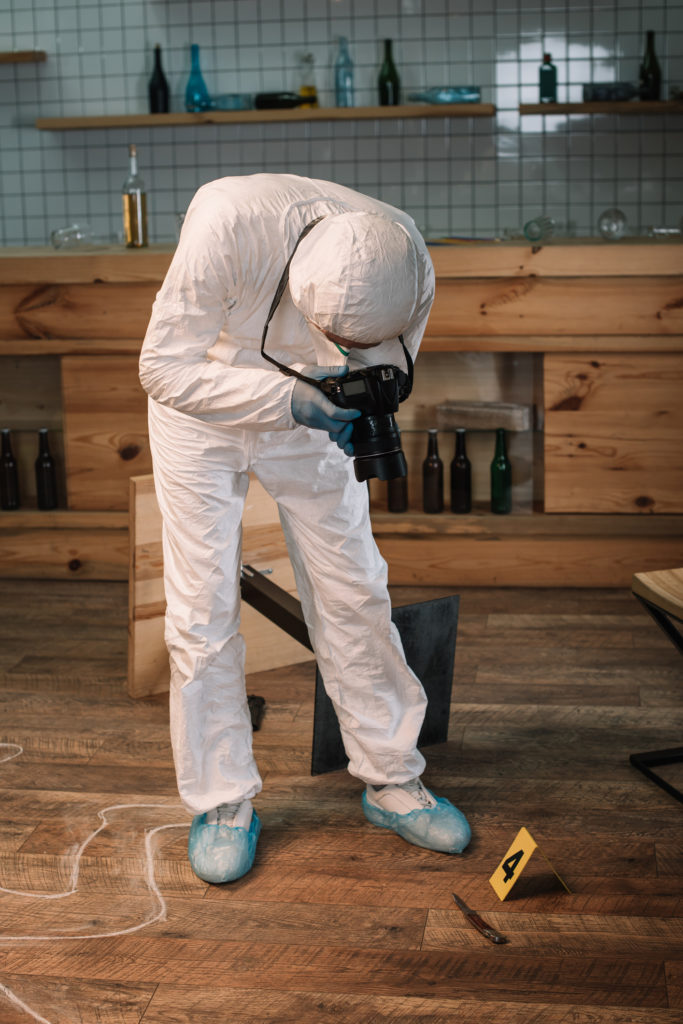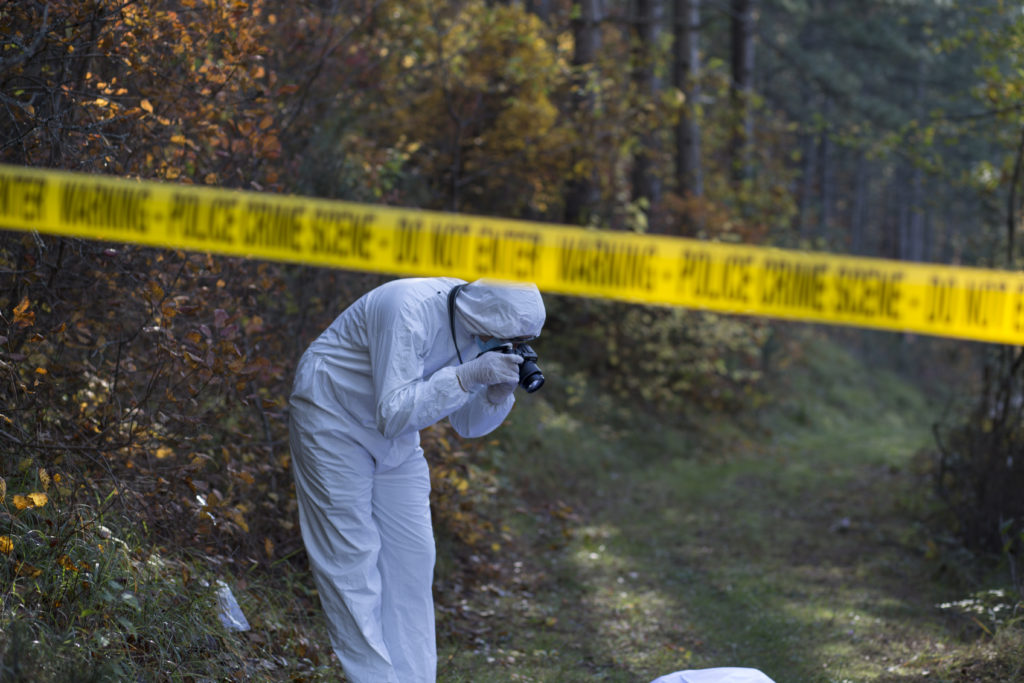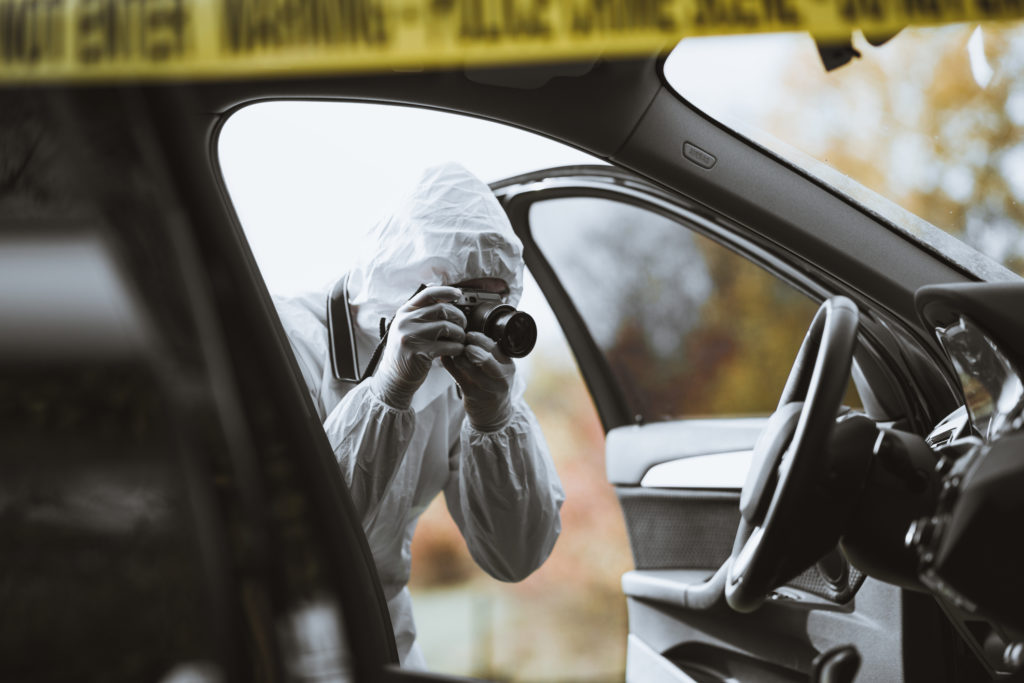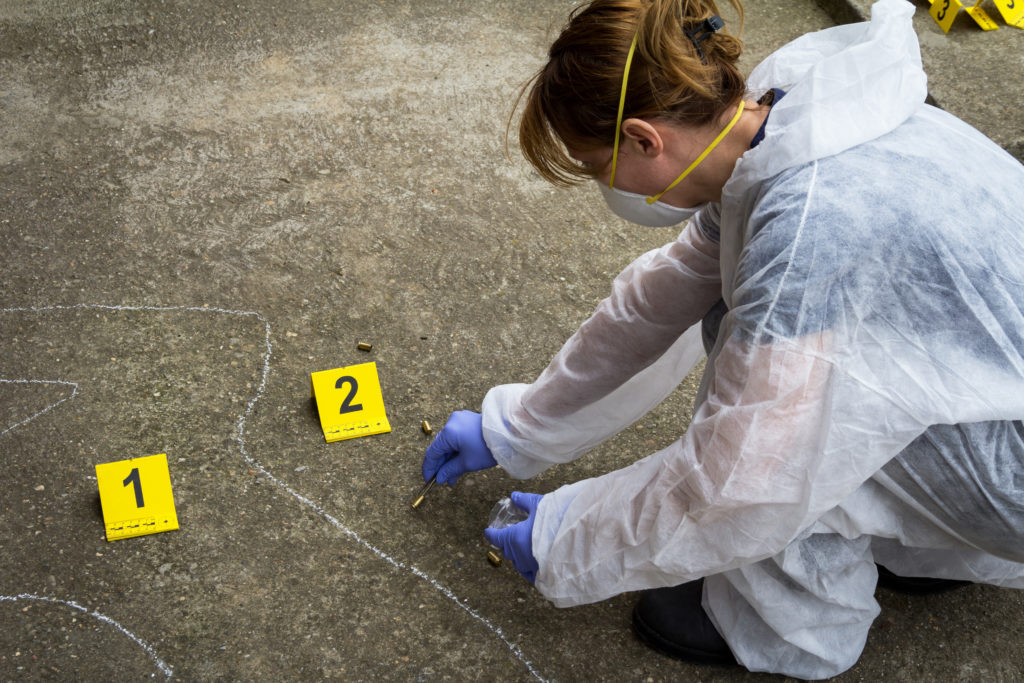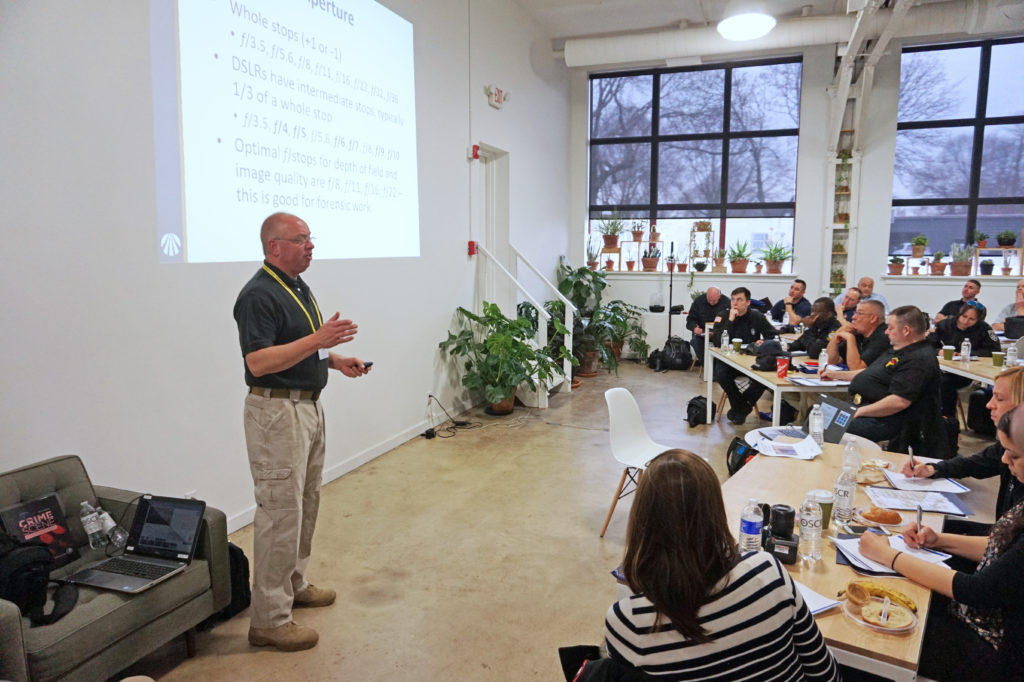True & Accurate Police Photography, Part 4: Metering Modes
True & Accurate Police Photography, Part 4: Metering & Metering Modes Welcome back to our blog series on police photography. If you’re joining us for the first time, you can catch up by beginning with Part 1 of the series, here. Now, onto Part 4 – where we will discuss metering & metering modes Photography …
True & Accurate Police Photography, Part 4: Metering Modes Read More »
